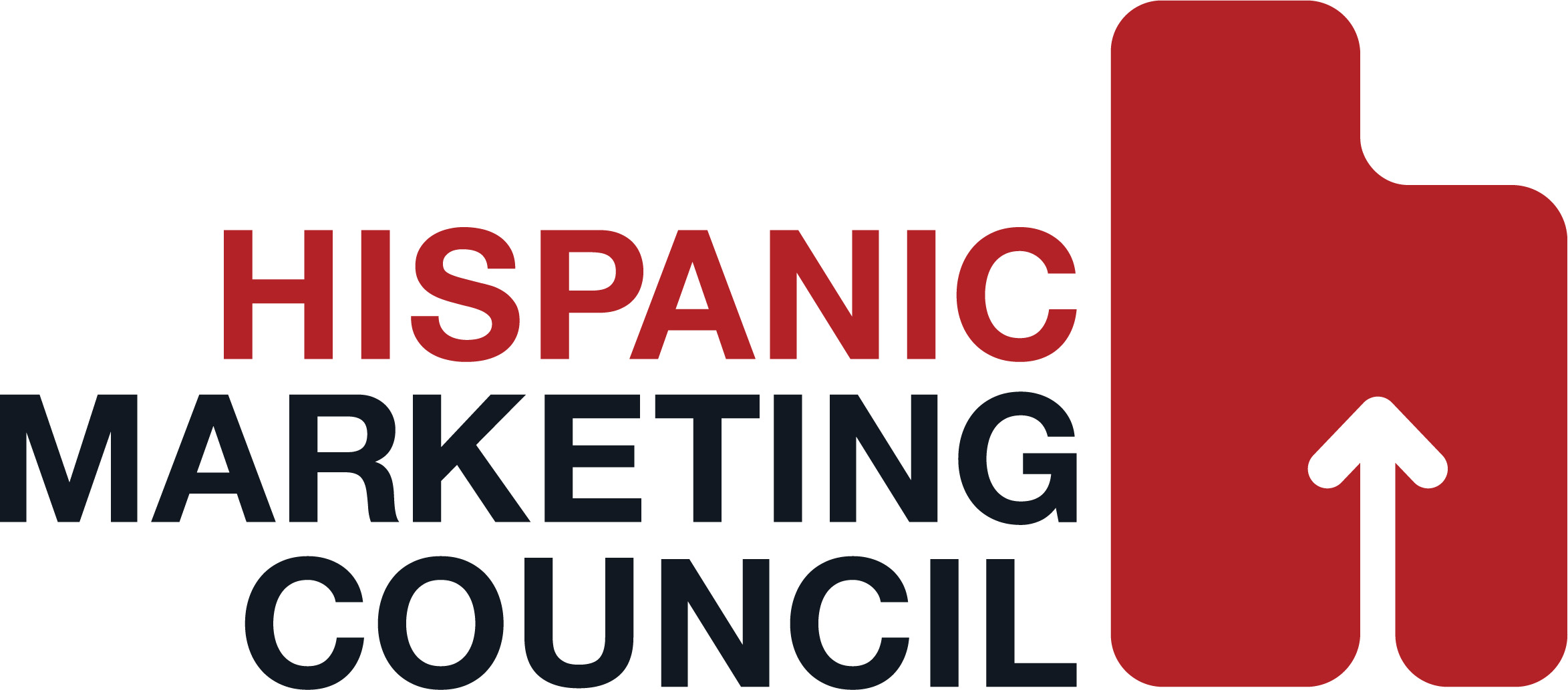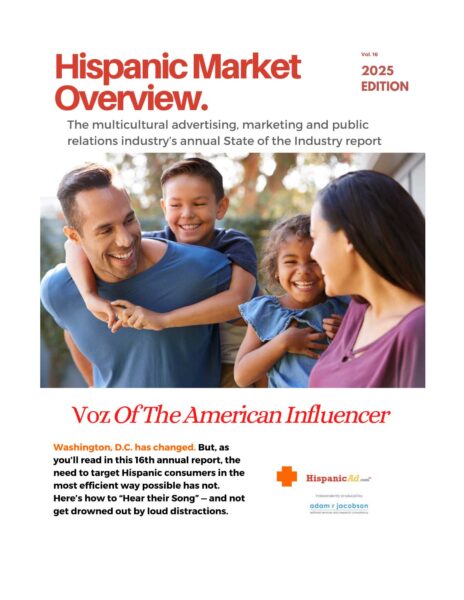Differences in Work Arrangements Among Hispanic and Non-Hispanic Populations
June 20, 2025

For example, according to the ACS, a significantly bigger share of Hispanic or Latino workers are self-employed and are more likely to work for private companies (as opposed to the government) than most workers in other groups.
In 2023, Hispanic workers were self-employed at higher rates than their non-Hispanic counterparts in every age category from 16 to 64.
Throughout the remainder of this article, we will refer to the Hispanic or Latino population as the Hispanic population.
The Hispanic population now makes up 19.4% of the U.S. population and the U.S. Census Bureau projects that it will rise to about 21% by 2030 and 25% by 2050.
As the Hispanic population grows, so will its presence in the workforce. ACS data show that employment trends differ by ethnicity and Hispanic self-employment is significantly different from the non-Hispanic population.
Self-Employed Workers
According to the 2023 ACS 1-year estimates, a significantly larger proportion of Hispanic workers were self-employed (10.0%) than non-Hispanic workers (9.6%).
Hispanic workers (75.9%) were also more likely than non-Hispanic workers (73.1%) to work for private companies and less likely to work for the government (11.1%) than their non-Hispanic counterparts (14.8%) in 2023 (Table 1).
The ACS also indicated that characteristics like age, education, nativity status, industry and occupation played a role in self-employment.
Age and Education
In 2023, Hispanic workers were self-employed at higher rates than their non-Hispanic counterparts in every age category from 16 to 64 (Figure 1).
Additionally, there were differences in self-employment rates by education level. For instance, among Hispanic workers who had not graduated high school, 13.6% reported being self-employed compared to only 10.1% of non-Hispanic workers without a high school degree.
Birthplace to Workplace
Another factor that influenced self-employment rates of both Hispanic and non-Hispanic workers: nativity status or whether someone was born in the United States
According to the data, a bigger share of foreign-born Hispanic people (14.1%) than non-Hispanic foreign-born people (11.9%) were self-employed. Conversely, fewer native-born Hispanic people were self-employed (7.0%) compared to their non-Hispanic counterparts (9.3%) in 2023 (Figure 3).
Industry and Occupation
Self-employment varied by industry, too. For instance, 30.8% of non-Hispanic workers and only 6.6% of Hispanic workers in the Agriculture, Forestry, Fishing and Hunting, and Mining sector (North American Industry Classification System or NAICS code 11) were self-employed (Figure 4), according to the ACS.
Among all industry sectors, Other Services (except Public Administration) had the largest proportion of self-employed Hispanic people in 2023. This sector (NAICS 81) includes industries like personal care, repair and maintenance, and private household services.
Self-employment rates of Hispanic and non-Hispanic workers also differed by occupation (Figure 5):
- Among Hispanic musicians and singers, 63.0% were self-employed compared with 48.4% of their non-Hispanic counterparts.
- Hispanic hairdressers, hairstylists and cosmetologists: 43.2% vs. 52.7%, respectively.
- Hispanic photographers: 48.2% compared to 57.2%.
- Hispanic farmers, ranchers and other agricultural managers: 40.2% compared to 75.5%.



































